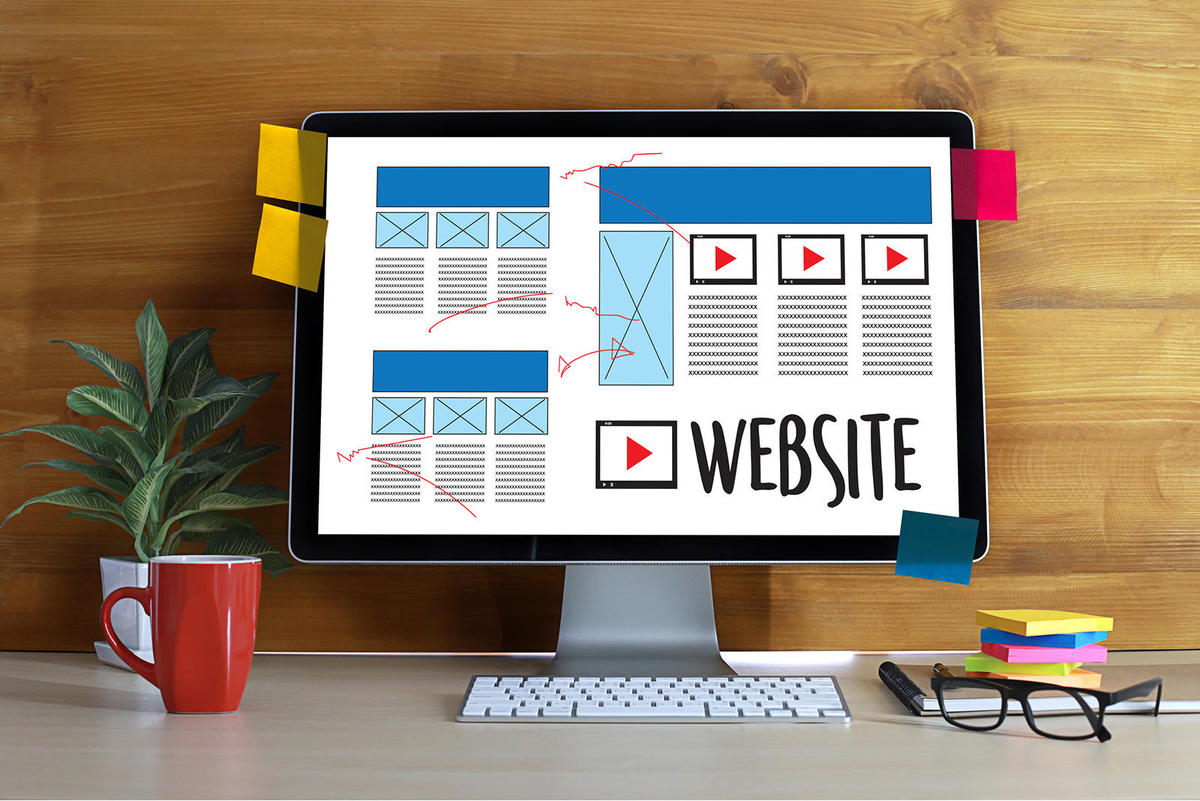
Building a website is a lot easier than many people think it is. New users typically feel overwhelmed at first by all the options in the control panel. Rest assured, though, that while there are many options for how you want to run the site, the vast majority of these need to be more technical to understand, and many will never need to be adjusted. Part of the appeal of WordPress is that it grants sensible default settings to a new site. These defaults typically need no adjustment for the average blogger or small business site.
Whether you are using WordPress.com or managed WordPress hosting, setting up a website is the same. The only difference is that if you are using a free WordPress.com account, you may need to pay for access to some functions, like using outside website templates and plugins.
Web Hosting Suggestions
When choosing a web hosting provider, it’s important to go with a company you can trust, which shows plenty of happy customers in online user reviews. Pay attention to how others report the company handles customer service, as this can often be a sore spot for web hosting providers. You will also want a web host that provides speed, security, and plenty of room to grow into more extensive hosting plans.
Hosting Suggestion – One web hosting company provides a simple solution is GreenGeeks. Most interestingly, they offer managed WordPress plans that can grow with your website.
Setting Up Themes in WordPress
One of the greatest things about WordPress as a website management platform is that it is super easy to customize themes within a few clicks. When you go to the theme menu (Design & Themes or Appearance & Themes), you will see an extensive database of free themes created by other WordPress users. If you don’t see any themes here that you like, you can also find tons of WordPress themes online.
Uploading A Third-Party Theme
Uploading a third-party theme in WordPress is almost just as easy as installing one from the included database. Just click “Upload Theme” or “Install Theme,” which will be near the top of the page. Select the theme’s zip file that you downloaded, then click “Install.” After the theme installs, return to the Themes page to find the theme, and click “Activate.” The WordPress website will have this option in the small drop-down menu on your theme marked with a grey ellipsis.
Customizing A Theme
Another menu you will notice listed below or above the Themes menu is the Customization menu. This page allows you to adjust your theme layout, colors, header images, columns, widgets, menus, and other theme elements. You can also add your custom CSS here if you would like to tweak your theme’s appearance in different ways.
Plugins
WordPress has thousands of plugins in its database, which you can install the same way as you do themes. Also, like themes, you can upload and install custom third-party plugins. WordPress plugins can virtually add any function to your site.
Plugin Ideas – Some examples of features you can add through plugins include forums, e-commerce, classifieds, security enhancements, SEO tools, and performance hacks.
Apply Good Web Design Standards
Of course, with all these tools, one can easily Build a website. But how do you build a website with WordPress excellently?
Also Check: How Often Should You Redesign a Website
Here are a few tips to help you Build the website possible:
Keep an eye on graphic quality
– Avoid uploading images that are too small or too large to fit where they are going. WordPress can resize images automatically, but the results are not always as expected. It also creates more work for the program, which can impact the rendering speed of pages on your website. Additionally, make sure that your images are quality enough not to show pixels or other “blemishes.” Do still try to keep the image sizes small – if the image quality is too high, it also may slow down the page rendering on your site.
K.I.S.S. (Keep It Simple, Silly!)
– While we want the website to look beautiful, we need to make sure the site’s focus is on the purpose of the website – not on the website itself. Avoid flashy, busy, distracting designs. Current 2020 web design trends prefer minimal artwork, simple contrasting colors, clean lines, and clear, easy-to-read text.
Organize Content
– Make good use of menus, categories, and tags to help website visitors quickly find the content they are seeking. Instead of creating a long list of options, see if you can create a few primary menus. You can then nest more specific menu options under each of them. It gives the website a cleaner look and makes it easier for website visitors to determine where they need to go next to access the required content.

